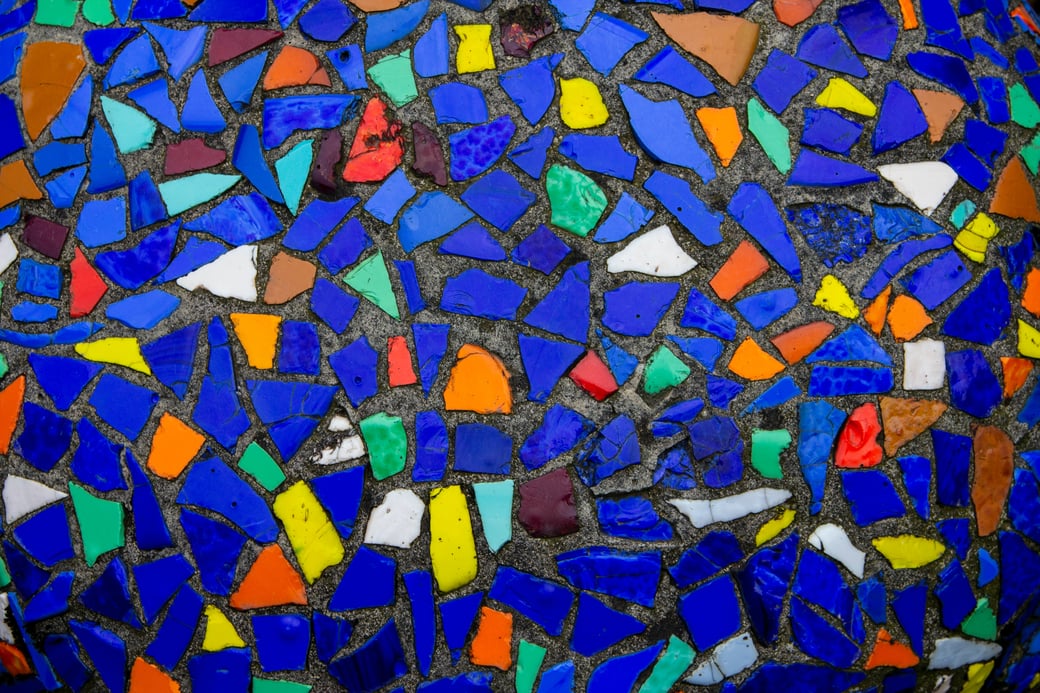The DiSC Profile, Explained: How Two Identical DiSC Styles Can be Unique








We know it, we see it, we live it. When designing and delivering development programs, we know we have to intentionally build in reinforcement to ensure sustainability and application. We know we have to be deliberate about building accountability.
We see what happens when we don’t do it. Inevitably, we end up living with the consequences—not usually positive ones—when program participants don’t have the opportunity and accountability to practice what they learned.
We know this most of all: we have to deliberately build in sustainable elements to allow participants to immerse themselves in applying and learning new behaviors. But how?
That is the challenge. How do we include deliberate reinforcement that builds the muscle needed for sustainable skills and increased capability? How do we provide avenues to enable our learners to truly gain the competencies needed to avoid diminishing enthusiasm, going back to old habits, and (horrors!) RE-training?
Of course many variables affect the success—or failure—of reinforcement: time, transition, and turnover are to be considered. The fact that we’re living in a VUCA world practically negates many of the efforts we put in place. And that question certainly can’t be answered in one blog post. But we can start by sharing experiences that DO work.
Peer learning groups are manifesting as one of the most successful reinforcement components. In a Chief Learning Officer post by Deborah Spring Laurel and Peter A. Korynski, the authors speak to the power of peer learning groups and the need to provide space and time for peers to meet, support each other in practicing new skills, and learn from mistakes in a safe environment. This is proving to be true as we start to include peer learning groups more and more as an essential part of leadership development programs.
Having an “accountability partner” has been around for a while. Matching up a couple of learners with each other has worked, most certainly, but seems to fall a bit short in longevity. If one person leaves the pair or lags in commitment—for whatever reason—the partnership is essentially dissolved, leaving the remaining leader alone.
In the last several years, we have seen a rise in accountability groups, essentially peer learning groups, as one of the most effective and sustainable methods of program reinforcement. The large percentage of millennials in the workplace is one reason, because they love working in groups. But (the good news is) we are finding that all generations are buying into the idea of these teams!
Typically created and formed at the beginning of a learning program—usually in conjunction with the kickoff workshop or opening event—these groups quickly establish their norms for working together, what they will be talking about when they get together, when they’ll get together, and how they will support each other in their learning. Then they’re off and running (running being the operative word here) as they accelerate from learning to application quickly with these peers.
Groups follow up quickly with action, getting out calendars immediately to schedule future meetings, and enthusiastically sharing results, wins, promotions, and any little success. The peer group provides one of the best ingredients for a sustainable and application-based learning program: accountability with immediate feedback and celebration. In our programs, we’re seeing indications that these peer groups work.
Does it always work? The variables we talked about earlier most certainly get in the way; success does vary and they don’t always work to the best of their potential. But to increase the chances that your peer learning group will be together for months and even years, supporting and learning from each other, consider the following success factors:
Do you want to build sustainability and accountability for your learning programs? Deliberately form peer learning groups as a reinforcement component, using the above success factors as a guide for creation.
When we see these groups working together, we see more application. Our learners are taking more accountability for their commitments to the program and they are learning the power of collaboration and interactive encouragement.
Teams and collaboration are more important than ever in our decentralized and rapidly shifting work environments. Our learning program should not only provide skills and knowledge to the participants, but also impart a deliberate method of how to interact and support others, how to recognize that learning is not a solo endeavor, and to see—through a real-life experience—the power of the peer to our future success.







We're excited to partner with you to empower your leaders. Let us
know how we can be of service!